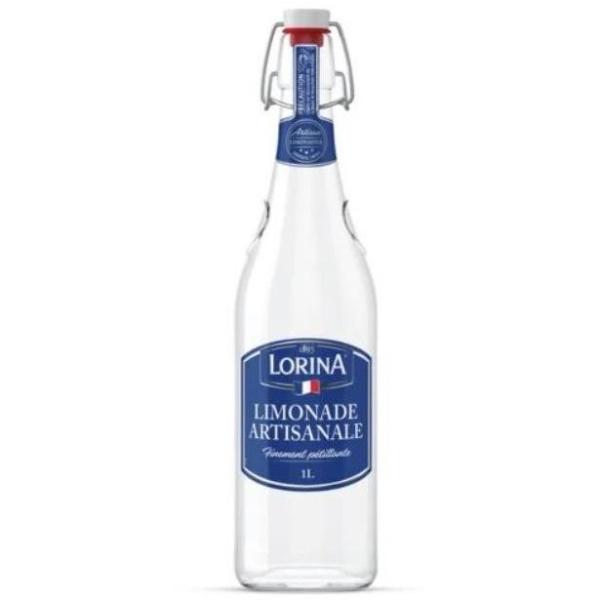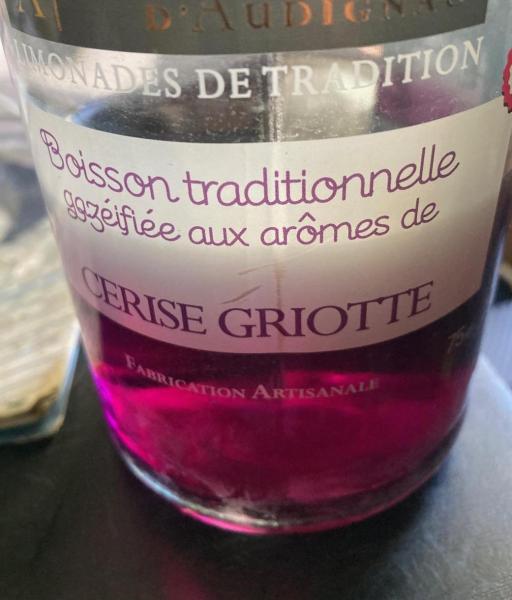- Read offline
- Access all content
- Use the in-app Map to find sites, and add custom locations (your hotel...)
- Build a list of your own favourites
- Search the contents with full-text search functionality
- ... and more!
limonade
lemon soda

In 1676, a company in Paris called the Compagnie de Limonadiers was granted monopoly rights to sell limonade or lemonade. Originally it was sold from cisterns carried on the backs of limonadiers.
In the next century, once it was discovered that lemons and their vitamin C were good against scurvy, limonade was bottled to be loading onto ships, but there was a problem: lemonade contains carbon dioxide, naturally brought about by the maceration of lemon juice, which caused the bottles to leak. (Champagne of course would have a similar problem, solved by the unique shape of its cork and invention of the wire cage, the muselet, to keep the cork firmly in place).
Limonade bottles were also sealed with corks, but these too leaked. Then along came the metal bottle cap, patented in 1892 by American inventor William Painter, which made it possible to store carbonated drinks without leaking. The bottle openers that evolved with corkscrews on one side and bottle cap openers on the other became known as limonadiers.
Perhaps ironically, traditional limonade sold in France today comes in the same kind of bottles as cider, with a metal cage to keep the plastic cap on and the fizz in. This means you don’t have to drink the whole bottle all at once.

There are also other flavours besides lemon. If you want flat lemonade, however, you have to ask for citronnade.
Images by Dana Facaros, Lorina

